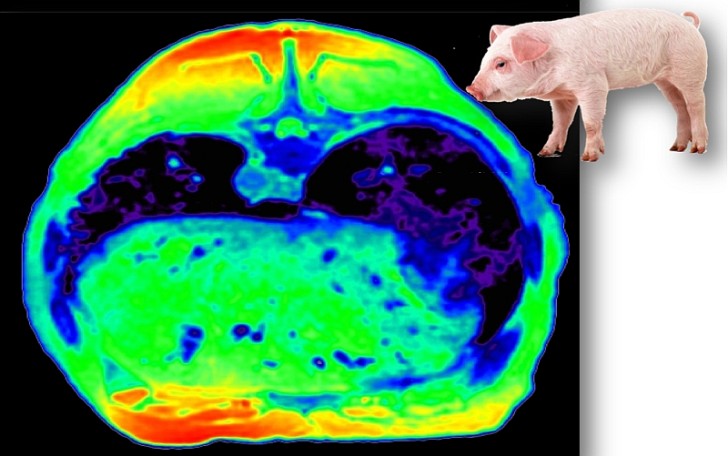Nanomedicine - an overview

Nanomaterials represent important new options for the treament of a variety of diseases. In medicine nanomaterials already are employed for various drugs, diagnostics, and implants. Presently, intense reseach is performed to explore further opportunities for using nanomaterials in the health sector, making nanomedicine an area that - including the public - receives strong attention What really is available right now and which new agents may become available in the foreseeable future? And how prudent should we be in order to prevent disappointments caused by exaggerated expectations? A new webpage of the DaNa-platform provides answers to these questions.
Nanoparticles have an extended history in medicine. Long before the term „nanotechnology" was coined, colloidal gold (which today is called nanogold) was used for rheumatoid arthritis. Nano-sized silver particles have been applied for a long time especially in dermatology as antibacterial agents (for example in wound dressings).
With the development of nanotechnology, it became an interesting concept to also exploit the specific properties of nanoparticles for medical purposes. Two aspects are important: Firstly, the pharmaceutical agent has to contain particles in the nano-size range, and secondly, certain useful properties that cannot be achieved either with larger particles or with chemical compounds in dissolved form have to be attained.
A summary published in 2013 counted exactly 100 products, described as nanopharmaceuticals, that are clinically approved and on the market, including medical devices such as implants or surgical instruments. In the case of implants, for example, nanostructured surfaces made of titania can promote wound healing and suppress inflammation. So far, 43 products have been approved as nano-drugs (counted in 2014, e.g. influenca vaccines, anticancer drugs and drugs against fungal infections)5. The largest share of approved nanodrugs is intended for tumour therapy, but overall a wide range of applications is covered, including infectious diseases, pain treatment, diagnostic use, vaccines, autoimmune diseases, and immunosuppression required for organ transplants.
Read the full article on DaNa: http://www.nanopartikel.info/en/nanoinfo/cross-cutting/2148-nanomedicine
Source: DaNa
Image: Magnetic resonance image. Wikimedia Commons, User Alfred1221.